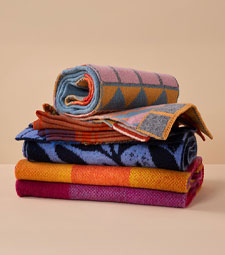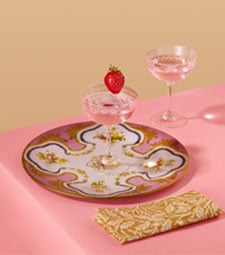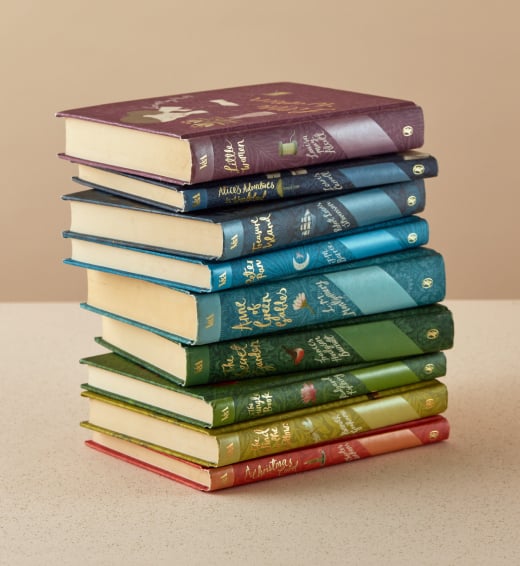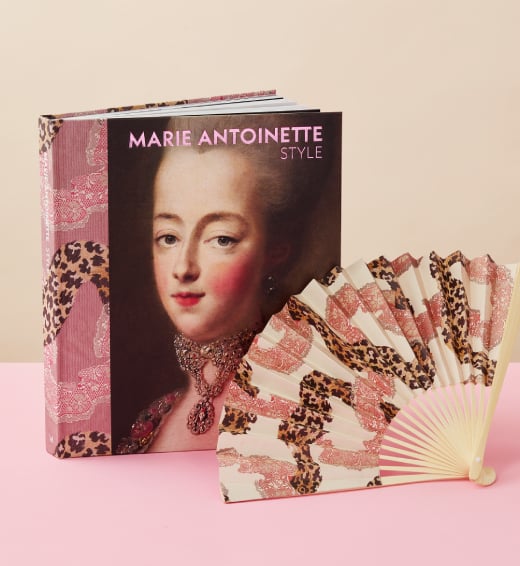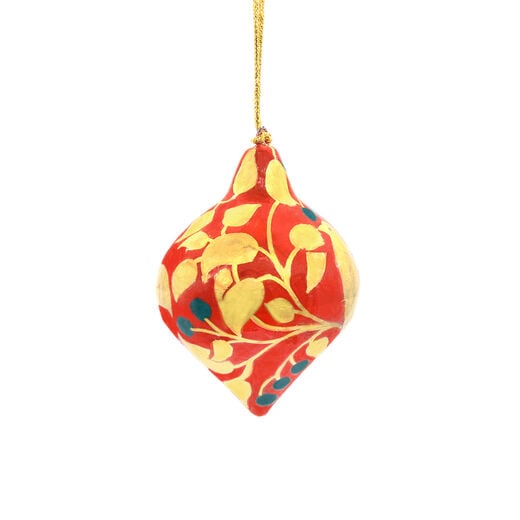
C.F.A Voysey Red and gold lantern decoration
Out of Stock
- Details
- Delivery & Returns
Hand-made and hand-painted in Kashmir, India.
© Victoria and Albert Museum, London
Created exclusively for the V&A
Author/Artist/Designer
C.F.A. VoyseyDimensions
7.5cm length, 6cm diameter
Composition
Papier mâché
Colour
Product code
161891
Delivery
Our standard delivery charges and estimated timescales are as follows. Selected product exceptions apply; see product details. International deliveries may also be subject to customs fees, tariffs or taxes upon arrival, which are your responsibility.
Custom prints
Each print is made to order and dispatched separately to other V&A Shop products, for UK delivery only. The charges and estimated timescales below are in addition to our standard delivery charge when bought together with a V&A Shop product. However, delivery is free for all orders over £60.
Returns
An extended returns window is granted for purchases over the Christmas period. Orders placed from Saturday 1 November 2025 can be returned until Tuesday 20 January 2026, subject to our usual eligibility criteria.
We hope you are happy with your V&A Shop purchase. However, if you are not, most items are eligible for a full refund, subject to the criteria below. Refunds are offered for items in an unused, unopened condition, and with original packaging – with the following exceptions. This does not affect your statutory rights.
The following items are excluded from our returns policy and cannot be refunded unless faulty, damaged, or not as described:
- Custom prints and other items made to your specification or personalised;
- Items that have been sealed for hygiene reasons, where the seal has been broken, such as beauty products, soap, pierced earrings, hosiery, socks, sunglasses and face coverings;
- Perishable or edible items such as flowers or food;
- Memberships, tickets for exhibitions, bookings for events and courses.
For full details, visit our Delivery & Returns page.
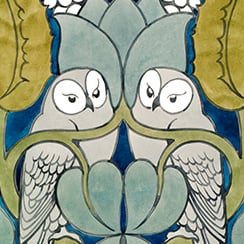
C.F.A. Voysey
Charles Voysey was an architect, textile and furniture designer, born in Yorkshire in 1857. Regarded as one of the finest architects of the Arts and Crafts movement, he was also an accomplished furniture designer, creating purposefully simple, restrained and elegant pieces. His interest in interiors lead to success as a designer of wallpaper, fabrics, tiles, ceramics and metalwork. Voysey’s textile work shows the influence of William Morris, with similar principles regarding repeating patterns, and the use of botanical and animal imagery. His dense yet simple representations of the organic went on to influence the Modernist movement, who were inspired by his eye for purity of line, and an open and unfussy style.

